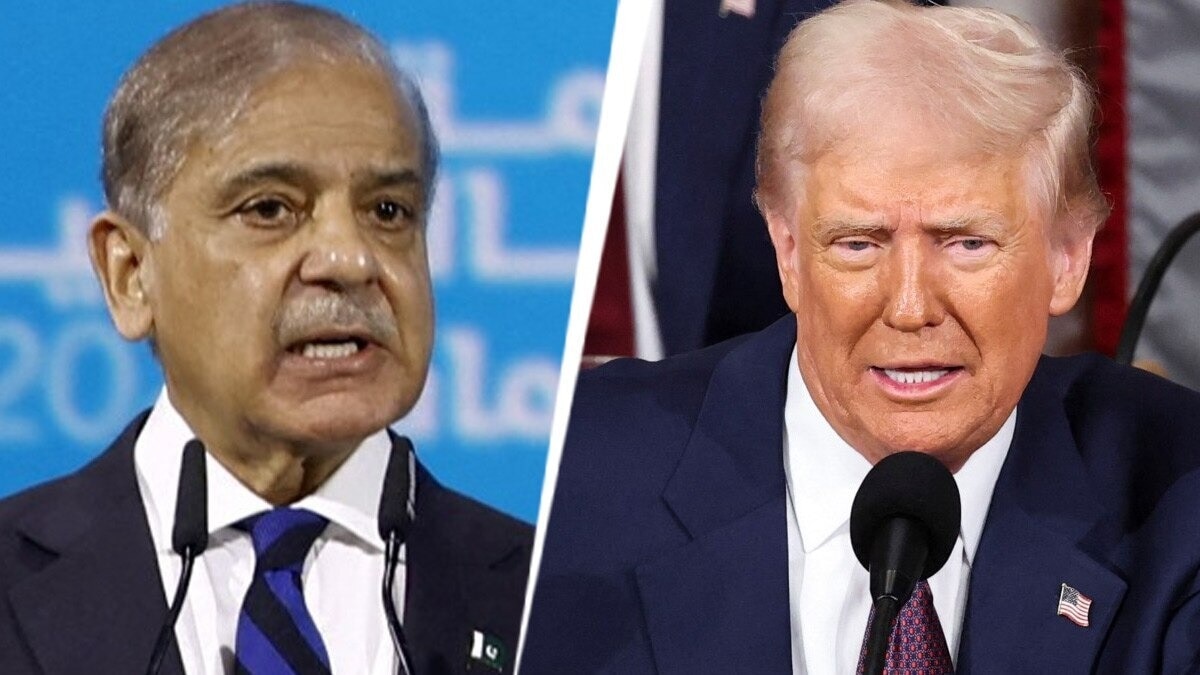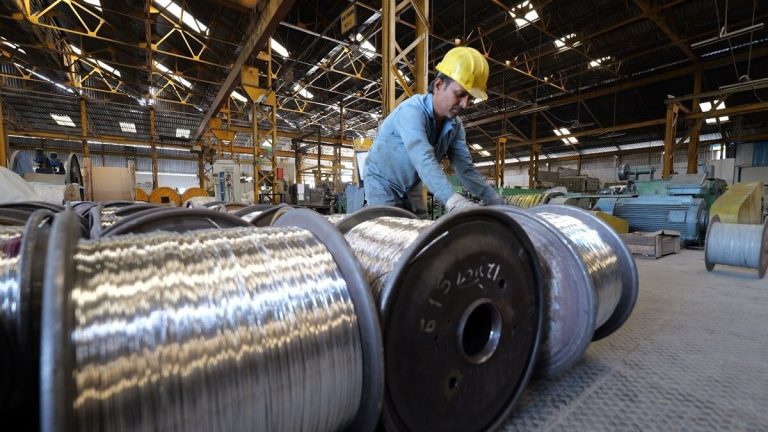Just hours after imposing a 25% tariff on Indian imports, U.S. President Donald Trump announced a proposed energy partnership with Pakistan, suggesting that the country could one day export oil to India.
The statement, made via Truth Social, comes amid heightened regional trade tensions. However, a closer look at Pakistan’s energy profile reveals that such a scenario, while not impossible, currently lacks the necessary reserves, infrastructure, and commercial viability.
“We’re in the process of choosing the Oil Company that will lead this Partnership,” Trump wrote. “Who knows, maybe they’ll be selling oil to India some day!”
Pakistan’s known oil capacity tells a more cautious story. According to data from the U.S. Energy Information Administration, Pakistan had around 353.5 million barrels of proven oil reserves as of 2016—ranking it 52nd globally. At its current daily consumption rate of approximately 550,000 barrels, these reserves would cover less than two years of demand.
The country produces about 88,000 barrels of oil per day, fulfilling only a fraction of its domestic needs and relying on imports for about 85% of its consumption.
Trump’s remarks appear to reference recent seismic surveys conducted in Pakistan’s Offshore Indus Basin, which have identified geological structures that may contain hydrocarbons.
A 2024 survey, conducted with international support, described promising formations. However, no exploratory drilling has yet confirmed the size, quality, or recoverability of any resources.
Industry experts emphasize that such formations do not qualify as “reserves” under global petroleum standards.
To be classified as a reserve, a resource must be proven through drilling, economically viable, and part of a defined development plan.
The financial and technical requirements to move forward are significant. Estimates suggest that it would take at least $5 billion and four to five years to begin commercial development—assuming favorable results from exploratory wells. Additional investment would be needed for refineries, pipelines, and export infrastructure, which Pakistan currently lacks.
Geopolitically, the proposed U.S.-Pakistan partnership may intersect with existing strategic interests. China, through the China-Pakistan Economic Corridor (CPEC), has invested heavily in energy and transport infrastructure, particularly in Balochistan—a region affected by local insurgencies and political sensitivities. Any parallel U.S.-backed project would require careful coordination and risk management.






